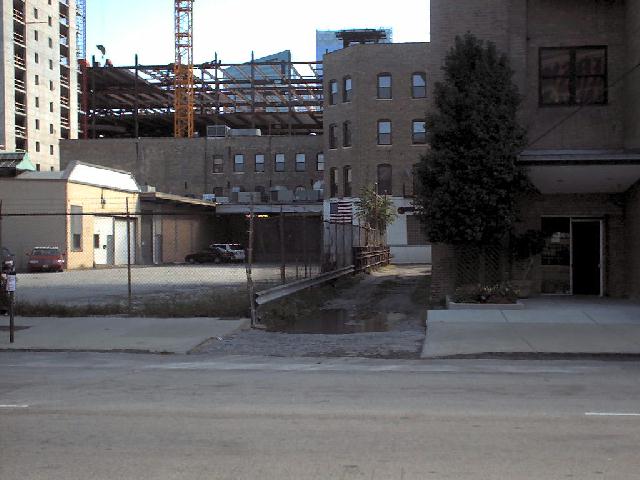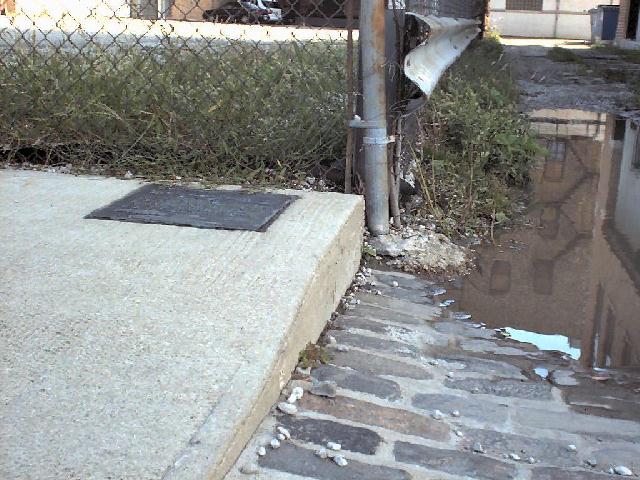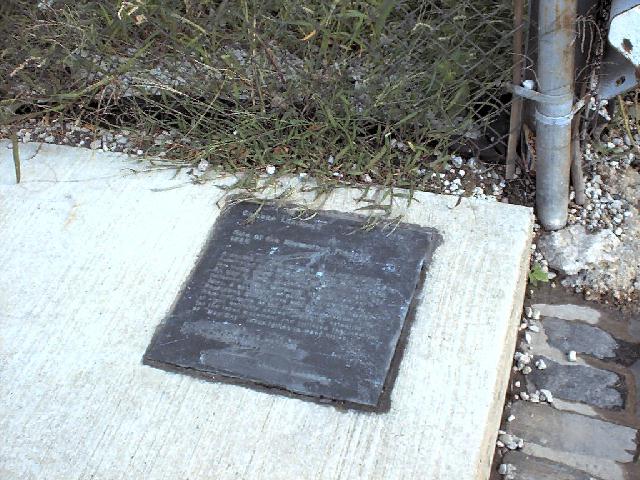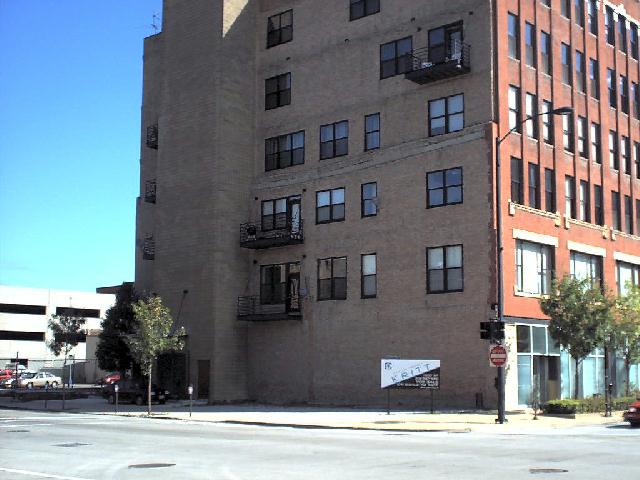|

 - - - -

2003 NB |
|
Next
time you find yourself whining about working 9 to 5, remember the Eight
Hour Movement of the late nineteenth century, whose defining moment happened
here.
On May 1, 1886,
some 30,000 Chicago workers went on strike in support of the eight-hour
workday, at a time when many industries forced their workers to work ten
to 16 hours a day. Several workers were shot and killed by Chicago police.
On May 4, a
demonstration of several thousand people was convened here at Haymarket
Square to protest those murders. Towards the end of the evening, nearly
200 hundred police marched up Des Plaines from the police
station a block away and tried to break up the crowd. As soon as they
arrived, someone threw a bomb into their midst from Crane's Alley, killing
one of the officers immediately and six more eventually. The police then opened
fire on the crowd.
Desperate for
scapegoats, the city arrested over over one hundred anarchists and labor
leaders, hastily and dubiously convicting eight for "expressing opinions
leading to" the bombing. Four were hanged on November 11 of that year;
one committed suicide in his cell the night before. The other three were
pardoned in 1893 by Governor J.P. Altgeld, who called their trial a miscarriage
of justice. This lot, and the episode it hosted, was a black eye for the
city, which left it unmarked until 1992. Now a plaque lies in the sidewalk
next to Crane's Alley. May 1, the true Labor Day, has long been commemorated
as May Day in memory of the striking workers of 1886. -NB
-"The
Dramas of Haymarket" from the Chicago Historical Society.
-"Haymarket Affair" file from the Library of Congress.
-Touring
Chicago labor history sites from the Illinois Labor Historical Society
-Haymarket
Square plaque inscription from the Chicago Landmarks Commission
-More
about the Haymarket Square incident from this engineers union page
-History
of May Day from Hartford Web Publishing |
|
|